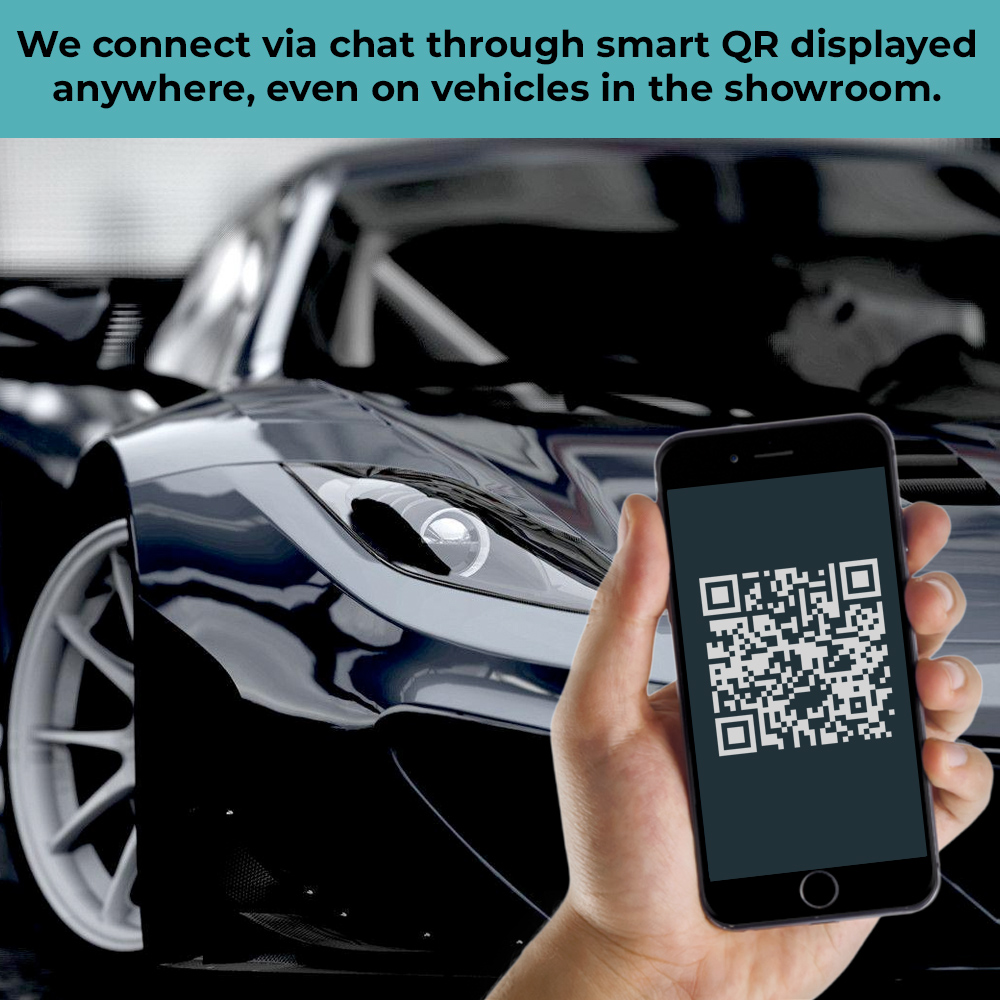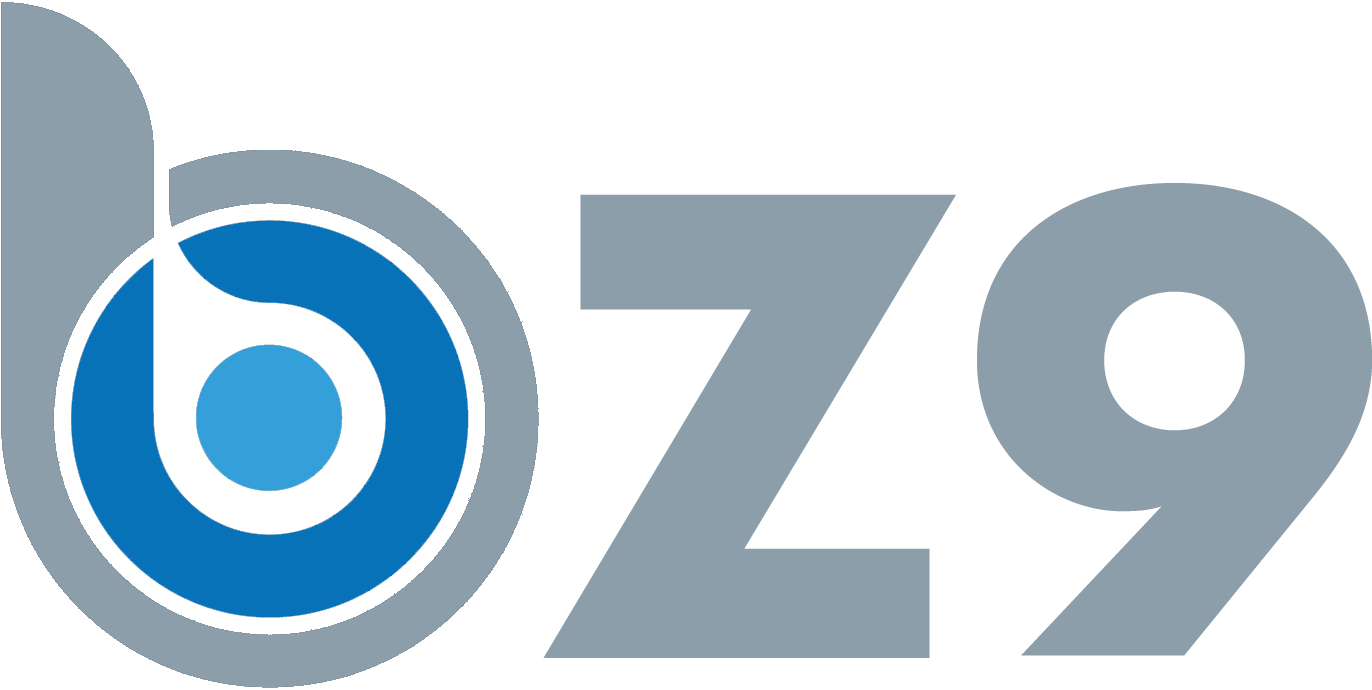
In the competitive world of automotive sales, QR codes have emerged as a powerful tool for dealerships to enhance customer engagement, streamline information delivery, and create interactive experiences. Let's explore some innovative ways QR codes are being utilized in automotive dealerships.
1. Vehicle Information and Specifications
QR codes placed on vehicle window stickers or displays can provide instant access to detailed specifications, features, and pricing information.
Example: A QR code on a car's window sticker could lead to a page with comprehensive details about the vehicle's engine, fuel efficiency, safety features, and available customization options. This allows customers to access in-depth information even when sales staff are busy with other clients.
2. Virtual Test Drives and 360-Degree Views
QR codes can link to virtual test drive experiences or 360-degree views of vehicle interiors and exteriors.
Example: A QR code next to a display model could open a virtual reality experience on the customer's smartphone, allowing them to "sit" in the driver's seat and explore the interior features of various trim levels.
3. Comparison Tools
QR codes can provide quick access to comparison tools, helping customers evaluate different models or compare with competitors.
Example: A QR code in the showroom could lead to an interactive comparison tool that allows customers to select multiple vehicles and compare their features, prices, and performance side by side.
4. Special Offers and Financing Information
Dealerships can use QR codes to share current promotions, discounts, or financing options.
Example: A QR code on a promotional poster could link to a page detailing current lease specials, cashback offers, or low-interest financing options available for specific models.
5. Service Department Integration
QR codes can streamline the service experience for customers.
Example: A QR code on a service receipt could allow customers to easily schedule their next maintenance appointment, view their service history, or access how-to videos for basic car care.
6. Customer Reviews and Testimonials
QR codes can provide quick access to customer reviews and testimonials about specific vehicles or the dealership itself.
Example: A QR code near the customer waiting area could lead to a page showcasing positive reviews and testimonials from satisfied customers, helping to build trust and credibility.
7. Digital Brochures and Catalogs
Instead of printing numerous brochures, dealerships can use QR codes to provide access to digital catalogs.
Example: A single QR code could lead to a comprehensive digital catalog of all available models, colors, and options, reducing paper waste and ensuring customers always have access to the most up-to-date information.
8. Test Drive Scheduling
QR codes can simplify the process of scheduling test drives.
Example: A QR code on a vehicle could lead directly to a scheduling page where customers can book a test drive for that specific model at their convenience.
9. Trade-In Value Estimators
QR codes can provide quick access to trade-in value estimators.
Example: A QR code in the dealership could lead to a tool where customers can input their current vehicle's details and receive an estimated trade-in value, encouraging them to consider an upgrade.
10. Augmented Reality Experiences
QR codes can launch augmented reality (AR) experiences that allow customers to visualize vehicles in different settings or colors.
Example: A QR code could launch an AR app that allows customers to see how a car would look in their driveway or with different paint colors and wheel options.
11. Warranty and Maintenance Information
QR codes can provide easy access to warranty details and maintenance schedules.
Example: A QR code in the glove compartment of a new car could lead to a page detailing the warranty coverage and recommended maintenance schedule, helping customers keep their vehicle in top condition.
12. Dealership Tours and Staff Introductions
For customers new to the dealership, QR codes can offer virtual tours or staff introductions.
Example: A QR code at the entrance could lead to a virtual tour of the dealership, introducing key staff members and departments, making customers feel more comfortable and familiar with the space.
Challenges and Considerations
While QR codes offer numerous benefits for automotive dealerships, there are some challenges to consider:
1. Wi-Fi Availability: Ensure strong Wi-Fi coverage throughout the dealership to support QR code usage.
2. Mobile Optimization: All linked content must be mobile-friendly for a seamless user experience.
3. Regular Updates: Linked content should be regularly updated to ensure accuracy, especially for time-sensitive information like special offers.
4. Staff Training: Dealership staff should be trained on the use and benefits of QR codes to encourage customer engagement.
5. Design Integration: QR codes should be integrated into the dealership's design in an aesthetically pleasing way.
Conclusion
QR codes have opened up a world of possibilities for automotive dealerships to enhance the customer experience, streamline information delivery, and create interactive, engaging environments. By providing instant access to detailed information, virtual experiences, and useful tools, QR codes can significantly improve the car buying process for customers while offering valuable data insights for dealerships.
As technology continues to evolve, we can expect to see even more innovative uses of QR codes in the automotive industry. The key to success lies in using QR codes strategically, always with the goal of adding genuine value to the customer experience. When implemented thoughtfully, QR codes can transform the traditional dealership experience into a modern, tech-savvy journey that meets the expectations of today's digital-first consumers.




